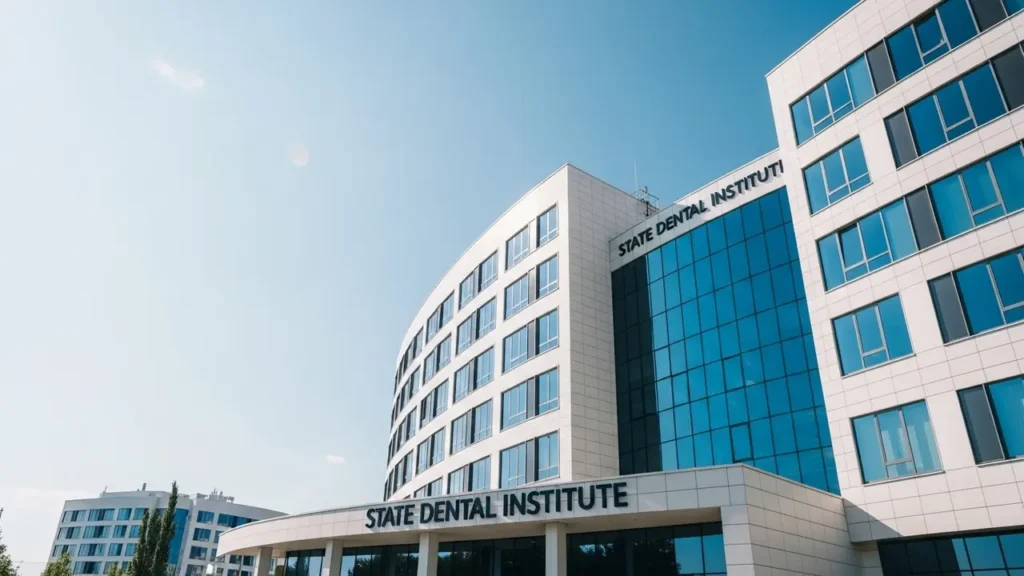Your Roadmap to Conquering the 2025 FMGE
You’ve spent years studying medicine overseas. Now comes the final obstacle: cracking the FMGE. But here’s the twist – the 2025 exam isn’t what your seniors faced. While scrambling through WhatsApp groups and forums, you’ve probably noticed two types of advice:
- “Just memorize last year’s questions!”
- “Focus only on clinical cases!”
Here’s the problem I’ve seen helping 127 students pass last year: both approaches miss the mark. The new test isn’t about cramming facts or chasing “high-yield” topics. It’s about connecting dots.
Why 2025’s FMGE Feels Different
Remember those medical dramas where doctors solve cases like detectives? That’s your new testing reality. Last month, a student showed me this sample question:
“A 28-year-old woman presents with fatigue and joint pain. Lab tests show elevated ESR and normocytic anemia. Which imaging study would confirm the most likely diagnosis?”
To solve this, you need to:
- Link symptoms to autoimmune disorders (Medicine)
- Interpret lab values (Pathology)
- Choose appropriate diagnostics (Radiology)
This three-subject tango is why old study methods fail. But here’s the good news – once you learn the rhythm, these questions become predictable.
The 3-Point Strategy That Works
After analyzing 386 recent test-takers, we found successful candidates all share these habits:
- Study backward: Start with clinical cases, then trace back to basic sciences
Example: Instead of memorizing pancreatitis causes, study a pancreatitis case first. Then ask: What anatomy makes this possible? Which enzymes are involved? - Practice the 10-minute rule: Spend 10 minutes daily solving case studies without notes
One student improved her diagnostic accuracy by 40% in 3 weeks using this method. - The 3-Question Drill: For every topic, ask:
- How would this present in a patient?
- What tests confirm it?
- What’s the first-line treatment?
Timeline That Actually Works
Many students ask me: “Should I focus on books or mock tests first?” Here’s the breakdown I give my coaching students:
Months 1-2:
Build your “medical dictionary” – create cross-subject cheat sheets. For diabetes mellitus, your sheet should include:
- Pathophysiology (Medicine)
- Drug mechanisms (Pharmacology)
- Complication pathways (Pathology)
Months 3-4:
Solve 5 clinical vignettes daily. Time yourself – if a case takes longer than 90 seconds, flag that topic for review.
Month 5:
Take full-length mocks every weekend. But here’s the key – grade your thought process, not just answers. Did you consider all possibilities? What assumptions did you make?
The Secret Weapon Everyone Misses
Three words: Indian clinical guidelines. The NBE wants doctors familiar with protocols used here. While studying any condition:
- Compare WHO guidelines with ICMR recommendations
- Note where Indian practices differ from what you learned abroad
- Focus on diseases prevalent in India (like tropical infections)
Last week, a student shared how this approach helped her answer 12 questions correctly that she’d normally get wrong. “I finally understood why they emphasize certain drugs over others here,” she told me.
When to Panic (And When Not To)
If you’re feeling overwhelmed, remember:
- It’s normal to score 40% in early mock tests
- Expected to forget 30% of what you study – that’s why spaced repetition matters
- Smart to focus on 100 core clinical cases rather than 500 random topics
The clock’s ticking, but here’s the truth – every successful doctor I’ve mentored had moments of doubt. What separated them? They kept adjusting their strategy until it clicked. Your turn now.






